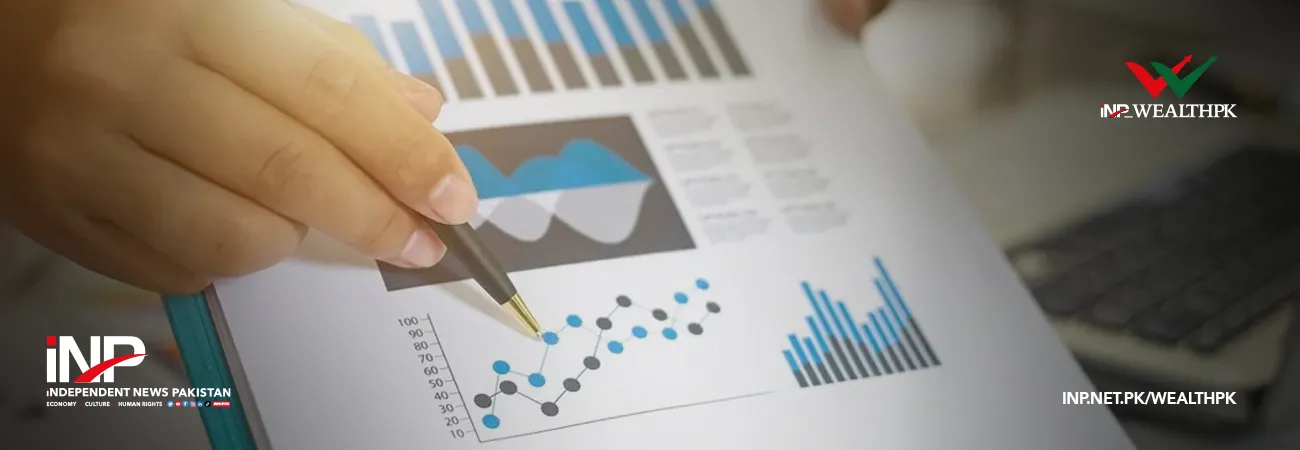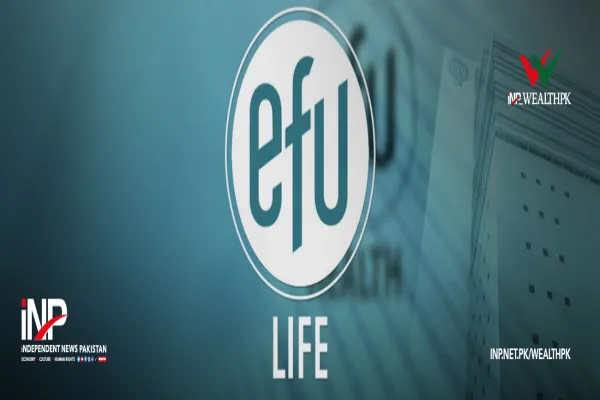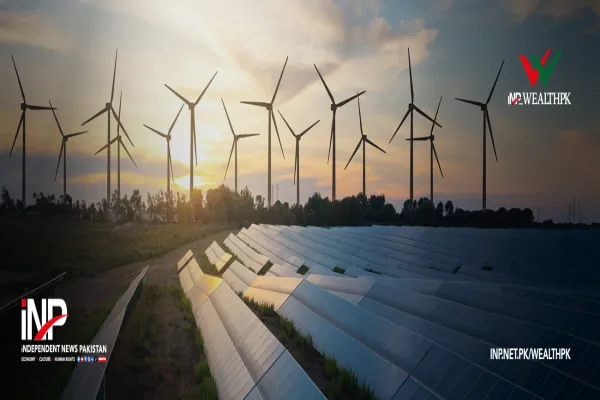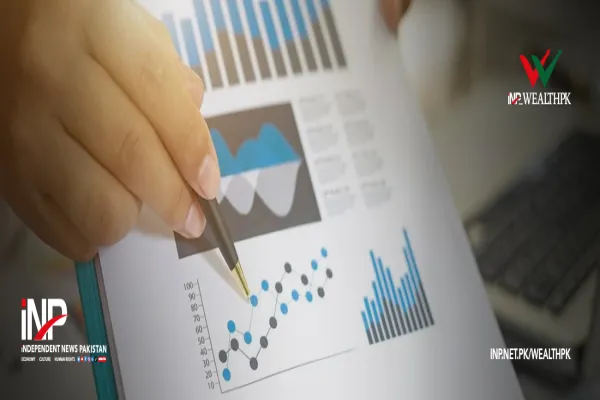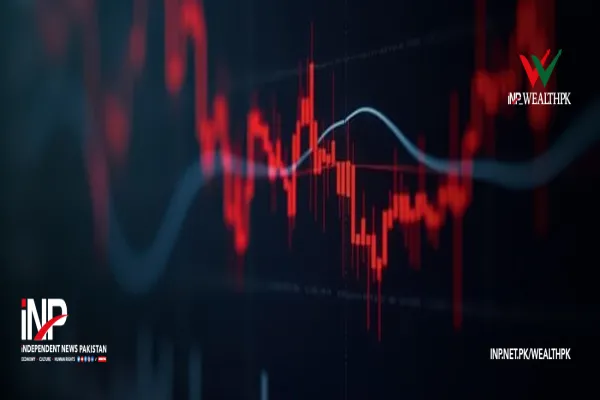i INP-WEALTHPK
Qudsia Bano
The consumer price inflation in Pakistan slowed to 3.2% year-on-year in June 2025, offering a breather to households and businesses after years of high inflationary pressure, reports WealthPK.
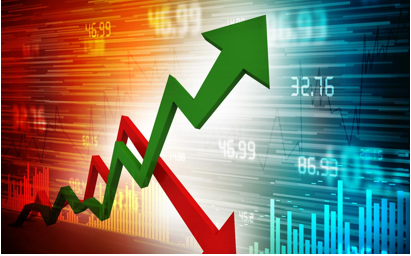
The latest data released by the Pakistan Bureau of Statistics (PBS) shows that on a month-on-month basis, the prices edged up slightly by 0.2%, reversing a similar decline in May. This moderation aligns with the Ministry of Finance’s projection of 3–4% for the month and indicates early signs of price stability. Analysts say the trend reflects a combination of improved supply chain dynamics, stronger currency performance, and a sharp decline in electricity prices.
Notably, the housing, water, electricity, gas, and fuels category posted a deflation of 3.28%, largely due to a 30% drop in electricity tariffs compared to the same month last year. This played a crucial role in pulling down the overall inflation average for FY2025 to 4.49% compared to an average of 23.41% in FY2024. However, the industry professionals warn against premature optimism. Sana Naveed, Head of Research at Alfalah CLSA Securities, noted that while the headline numbers are encouraging, the risk of an inflation rebound in the coming months remains.
“The budget for FY2026 includes adjustments to energy tariffs and new taxation measures, which could impact the cost of living in the second half of the year,” she said, adding that with global commodity markets still uncertain, any sharp movement in oil or food prices could quickly reverse the recent gains. The real interest rate, which measures the difference between inflation and the central bank’s key rate, is now one of the highest in Pakistan’s recent history.
With inflation at 3.59% in June, and the policy rate held steady at 11% by the State Bank of Pakistan (SBP), the real rate stands at around 650 basis points. This has raised concerns among businesses and investors about the cost of borrowing and its implications for the private sector growth. Talking to WealthPK, Zeeshan Hanif, Finance Officer at Interloop Limited, a major textile exporter, highlighted the mixed impact of the current macroeconomic environment.
“Lower inflation is helping ease the operational costs for manufacturers, especially on the energy front. But with the interest rates still high, accessing credit for expansion remains expensive. There is a need to strike a balance between controlling inflation and supporting industrial activity,” he said. In its recent monetary policy statement, the SBP maintained that inflation is expected to show near-term volatility but will gradually converge within the 5% to 7% target range for FY2026.
The statement also pointed to the ongoing structural reforms and fiscal discipline as key factors underpinning the improving economic outlook. While the current data reflects a rare moment of stability, experts agree that maintaining low inflation will require careful policy management, especially in a global environment still marked by uncertainty and geopolitical tensions.
Credit: INP-WealthPk



